Caffeine is one of the most important factor when mentioning to coffee. So, what is the relationship of bittersweet taste of coffee, caffeine and brewing techniques?
Translating from “Plunger, Espresso, Filter? Just Because Your Coffee is Bitter, Doesn’t Mean It’s Stronger"of Daily Coffee News, Roast Magazine, famous coffee article in the world.
The coffee world varies by types, tastes and colors. One type of coffee beans can create more than a drink by many different ways such as using high pressure, filters, percolating and so on. Each technique has its own tools, timing, temperature, pressure, water and specific type of beans to brew coffee.
Depending on different habits, hobbies or culture and society of individuals, each person has different ways to brew their coffee. You can see that Vietnamese people have the signature of Ca Phe Phin or European countries have their own reputation for Espresso. So how do these techniques affect the taste, quality, especially amount of caffeine in coffee?
Brewing techniques
Because of the enormous varieties of the coffee world in extracting tastes, smells and colors of coffee, it takes a lot of time to understand thoroughly about coffee (believe me, it’s not an easy task to do within a day!). There is no such thing as a principle for brewing techniques, baristas can create their own recipe by their own technique.
They will start from a basic technique then adjusting amounts of water or temperature, pressure, setting a grinder, which impacts the taste of coffee until they achieve their perfect cup of coffee. So what is a basic technique in brewing coffee? When we’re going into the world of coffee, we can divide it into 3 types of extraction.
This is a technique of making coffee grounds and water mixing together and then immersing for a while until the final extraction. Some of popular types of immersion technique are Cold Brew, French Press, Ca Phe Vợt, boiling coffee, etc.
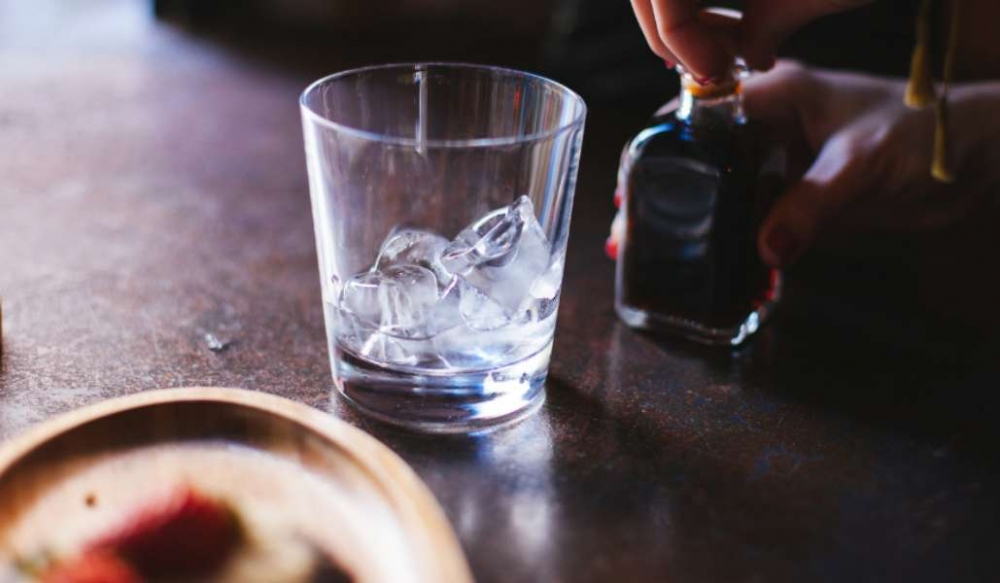
In this technique, the coffee grounds are filtered by using water. The soluble compounds leave the filter and become freshly brewed coffee. The compounds that leave the filter are what give the coffee its taste, color, and aroma. Some percolation techniques are coffee filters, Ca Phe Phin, etc.
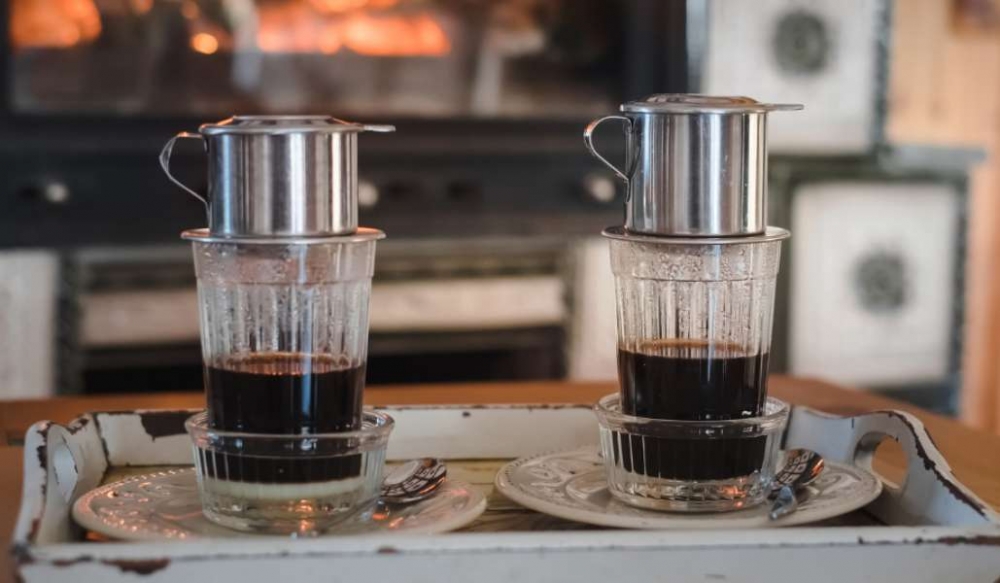
Basically, this technique is a type of percolation extracting; however, it uses high pressure to force pressurized hot water through very finely ground coffee beans in a short time (“Espresso” means very quick, fast in Italy). Some kinds of espresso brewing techniques are using espresso machines, Nanopress, Aeropress, etc.

In fact, as we stated at the beginning of this article, baristas have their own choice to brew coffee, which means they can mix and match those types of brewing techniques to make their signature outcomes without following any kinds of specific formulas.
If we just focus on an amount of caffeine on 1 milligram/milliliter (mg/ml), a cup of espresso will contain the most amount of caffeine, about 4.2 mg/ml. This figure is three times higher than the other ones such as using Moka pots for percolation techniques or cold brew, with 1.25 mg/ml. Other methods like dripping or French press extract 0.6 mg/ml of caffeine.
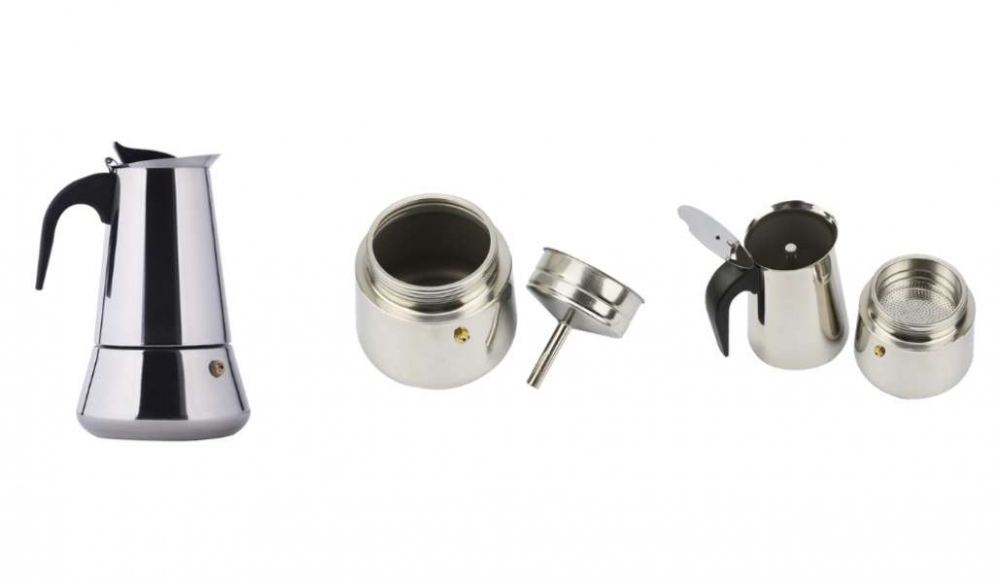
A Moka pot
Espresso techniques, of course extract more caffeine than the other ones due to some reasons. First, in this method, coffee grounds have to be grinded finely, so there are more interactions between water and coffee grounds, which optimizes the caffeine extraction during the brewing process.
Second, high pressure helps the caffeine extraction a lot easier. Even though the extraction time of other methods are longer than espresso, it would not affect the amount of caffeine that much. Because caffeine is water soluble and easy to extract, it's released early in brewing.
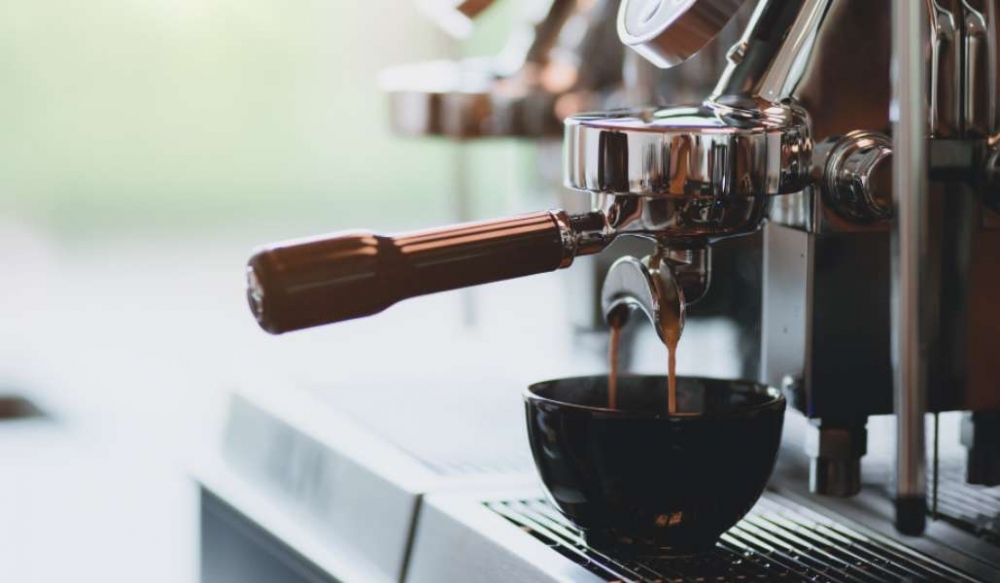
However, these comparisons are based on specific amounts of extractions, not specific amounts of serving cups of coffee. So, while espresso will give you the purest outcome, this is served in a smaller volume (just 18-30ml), compared to larger volumes for most other methods.
Again, the amount of coffee in each serve will depend on the baristas, but a recent study in Italy showed that an average amount of final serve of filter, cold brew, etc is 120ml.
The approximate caffeine content in a cup of coffee based on brewing method
|
Classical espresso
|
122 mg
|
per 30ml cup
|
|
Specialty espresso
(brewed to Specialty Coffee Association of America standard)
|
75 mg
|
per 18ml cup
|
|
Espresso Caffè Firenze
(uses a recently invented machine with a high-pressure chamber)
|
42 mg
|
per 30ml cup
|
|
Cold brew
|
149 mg
|
per 120ml cup
|
|
Moka pot
|
51 mg
|
per 40ml cup
|
|
French press
|
62 mg
|
per 120ml cup
|
|
V60
(a pour-over method with a filter)
|
89 mg
|
per 120ml cup
|
|
Aeropress
(a manual plunger device)
|
93 mg
|
per 120ml cup
|
According to the above table, it can be seen that Cold Brew extracts the most caffeine in each serve, about 150mg, compared to even all espresso methods (42mg - 122mg). Even though it uses cold water and coarser coffee grounds, high water and coffee ratio will be needed, and more coffee beans are required in this method. Thus, caffeine contained in Cold Brew is much higher than the other ones. Of course, “standard serves” is an unrealistic concept, you can multiply serves and supersize your beverage as much as you want.
Because of its competitive price for high quality coffee and its benefits, people may care a lot about its extraction efficiency, in other words, about how much caffeine they get for each gram of coffee input.
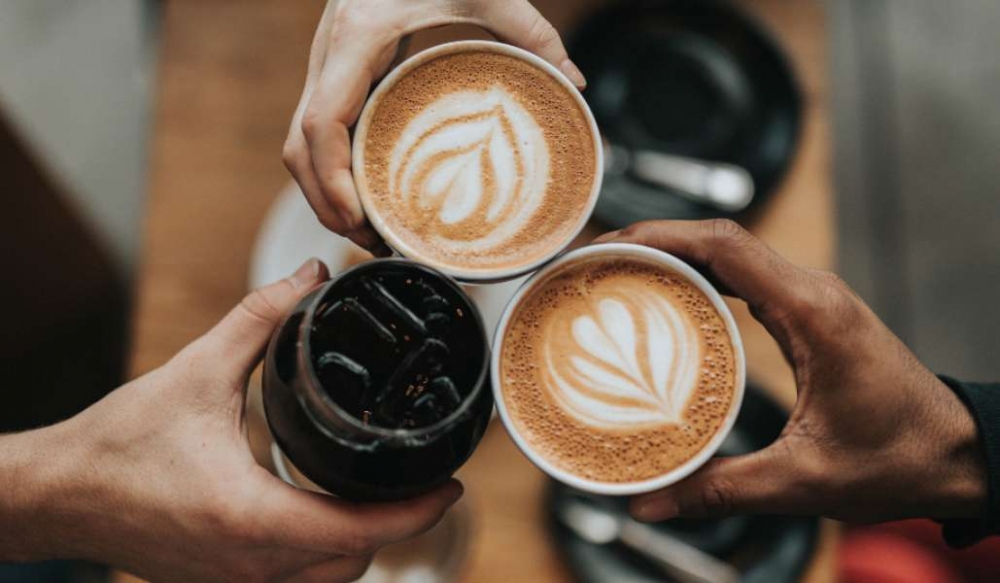
Interestingly, most brewing techniques extract nearly the same amount of caffeine. Various espresso methods still extract an average amount of 10.5 mg/g caffeine, compared to other techniques, from 9.7 - 10.2 mg/g except for French Press with 6.9 mg/g of caffeine.
“Strong” taste is not only because of caffeine
Caffeine in coffee just explains partly about taste, “strength” and bitterness of coffee. The special flavors, or the “strength” is the combination of thousand compounds extracted during brewing. Each compound has its own path to shine, but they can blend well together to create the balanced structure of flavors in coffee.
For example, coffee oil plays a crucial role in the creation of crema in espresso - a fine brown foam covering on the top of extracted coffee. Crema is created by suitable temperature, pressure and fine coffee grounds. So, crema is one of the categories to evaluate the quality of espresso. But, again, this will depend on different kinds of brewing methods and biases of different people.
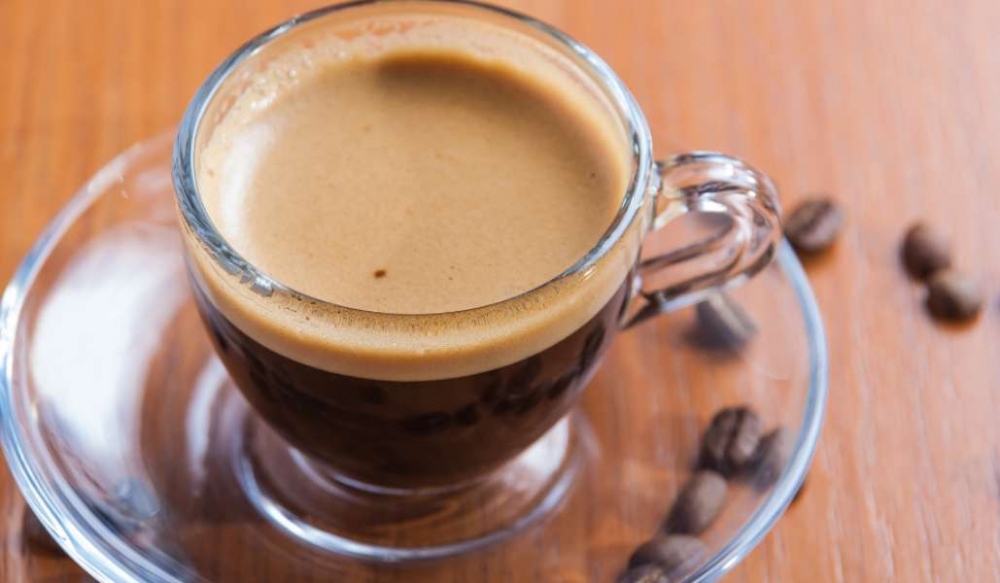
In the perspective of biology, receptors in the human body, which detect the stimulus of caffeine and the other bitter compounds are different between individuals because of genetics and training from habits, hobbies or any kinds of usual exposures. This means that each person will have different experiences about caffeine benefits or bitterness of the same type of coffee.
There are a lot of variables of the ways we’re stimulated by caffeine. So what we’ve learned from coffee is that our coffee experiences depend on our own unique biology. Each individual has their own ways to taste coffee, making the coffee world more special and interesting than ever.
Is there any brewing which is good for health?
Depending on brewing techniques, quantity and quality of each serve you consume everyday, coffee could be a healthy or not healthy choice for your body. This can be explained by some personal bias about which ones are healthier, but may also be due to the difficulty of studying the coffee world, where it is quite challenging to understand the complexity of brewing methods and many different elements.

Some studies showed that coffee’s health effects can be evaluated through brewing techniques. For example, coffee paper filters can reduce some cardiovascular diseases potentials in the elderly. Some others argued that it could be a coincidence due to healthy habits or lifestyle, which also affects positively on cardiovascular diseases. However, there is some evidence that filter coffee is good for health because diterpenes (chemicals in coffee may raise levels of bad cholesterol) are remained in the coffee paper filter, making it less in the cup.
So What’s next?
Every brewing technique has its specific tools and inputs, making its uniqueness more interesting. Each type of method is a different set of taste, structure, appearance and bioactive compounds. Coffee always knows how to surprise its fans by its complexity, but at the end of the day, this is your own decision to explore that world by your own way!
When information is collected in different ways, different situations, there will be a different choice toward different individuals on different days. And of course, not all choices of food or drink have to be optimized.
VINBARISTA - ALL YOUR COFFEE NEEDS
Trang thương mại điện tử thuộc Cubes Asia
- Tư vấn mua hàng: 0909 244 388
- Fanpage: Vinbarista - máy pha cafe & cafe
- Website: https://vinbarista.com/
Địa chỉ cửa hàng:
